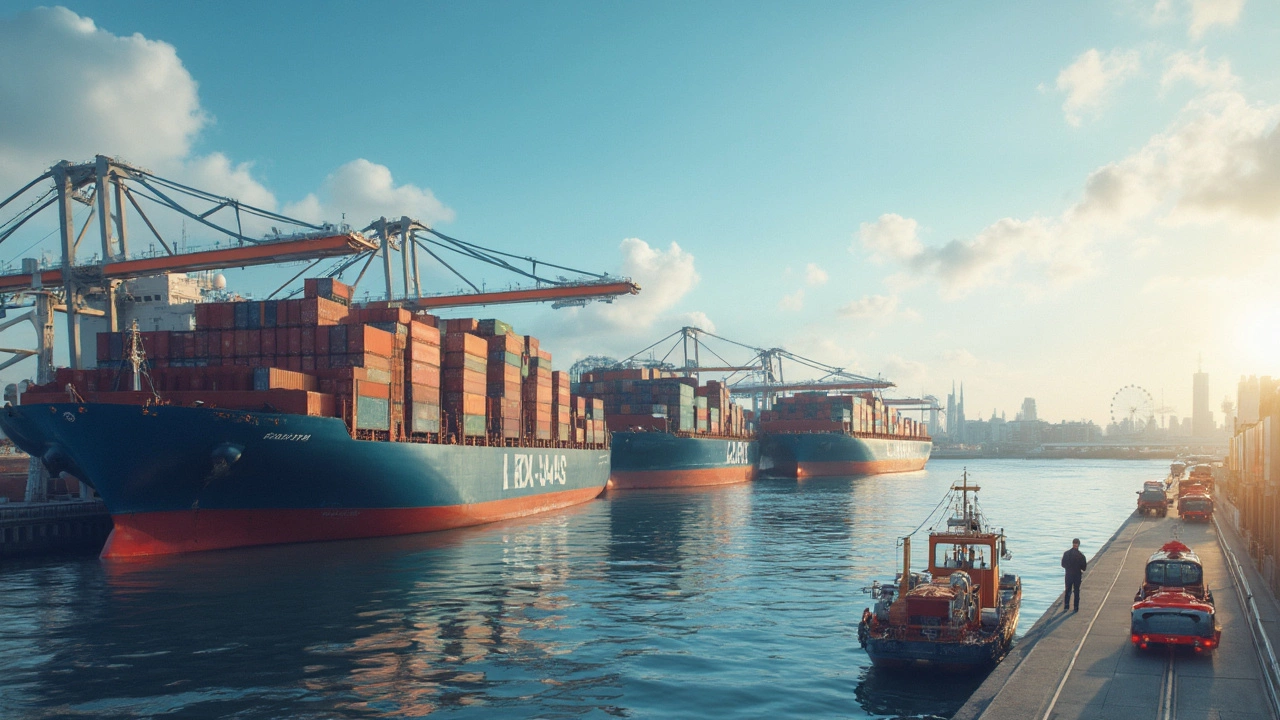Global Logistics: How It Works and What You Need to Know
When you order a hoodie online and it shows up at your door the next day, you’re seeing global logistics in action. It’s the invisible network that moves goods from factories across the world to your living room. Understanding the basics helps you save money, avoid delays, and pick the right partners for your business.
Key Elements of Global Logistics
First up, transportation. Whether it’s a container ship crossing oceans, a cargo plane soaring across continents, or a truck driving through your city, each mode has its own cost and speed trade‑off. Knowing when to use sea freight versus air freight can shave days off delivery or cut expenses dramatically.
Next, customs and compliance. Every country has rules about what can enter, how it’s taxed, and what paperwork is needed. A missed paperwork detail can lock up a shipment for days, so keeping a checklist of HS codes, invoices, and certificates is a must.
Then there’s warehouse management. Once a product lands, it needs a place to sit before the final mile. Modern warehouses use barcode scanners and automated racking to keep inventory accurate and ready to ship.
Finally, the last‑mile delivery. This is the part that matters most to the customer. Companies like UPS, FedEx, and DHL offer various options—same day, next day, or standard. Choosing the right service depends on price, reliability, and the type of product you’re sending.
Tech & Tools Shaping the Future
Technology is turning the old, messy logistics chain into a sleek, data‑driven engine. Logistics software (think TMS and WMS platforms) lets you track shipments in real time, optimize routes, and predict delays before they happen.
Artificial intelligence powers demand forecasting, so you can stock the right amount of product at the right location. This reduces overstocking and cuts storage costs.
Digital paperwork is another game‑changer. Electronic customs declarations speed up border crossings and reduce errors. Many carriers now support e‑labels that you can print at home, saving time and ink.
Lastly, e‑logistics platforms integrate everything—from order placement on an e‑commerce site to warehouse picking and carrier dispatch. When all the pieces talk to each other, you get faster deliveries and happier customers.
So, whether you’re a small online seller or a big retailer, the key steps are to pick the right transport mode, stay on top of customs, use a solid warehouse system, and invest in smart logistics software. Master these, and you’ll turn global logistics from a headache into a competitive edge.
Wondering which international shipping company stands out as the most reliable in 2025? This article compares the top names, breaks down their strengths, and gives practical tips for making the smartest shipping choices. You’ll also get the latest facts about global shipping trends and learn how companies handle challenges like delays, lost packages, and complex customs rules. If you ship products or shop online worldwide, these insights will have your back. Let’s figure out which company really keeps its promises.
Jun, 3 2025
